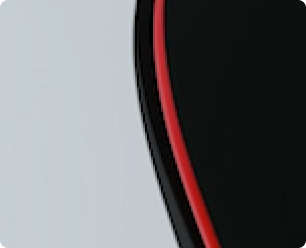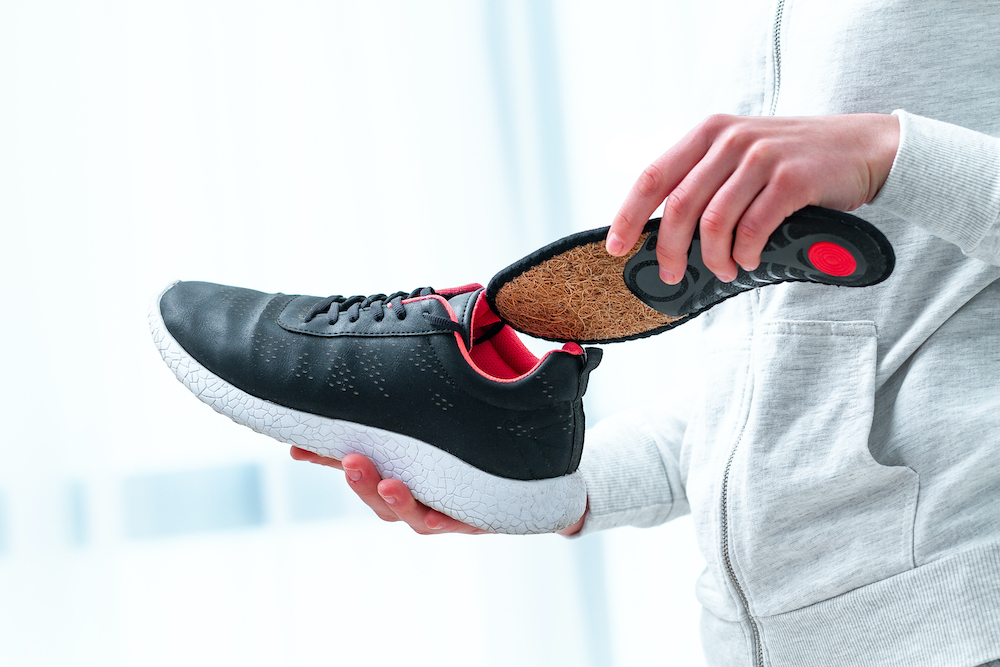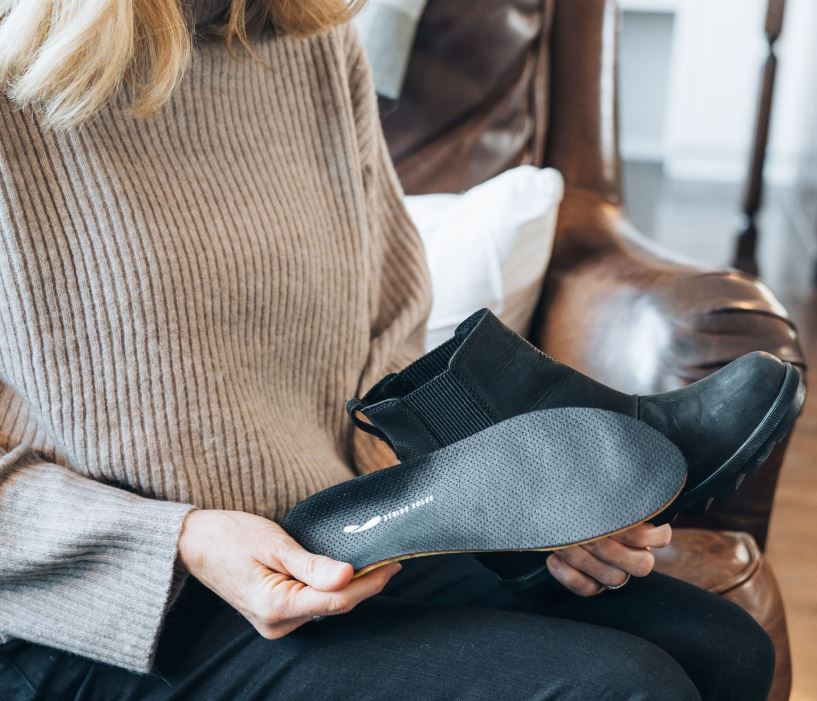Read on to learn how to reduce shoe size with insoles and get that desired fitting.
How to Choose Insoles to Reduce Shoe Size
The right choice of insoles is essential for a better fit. Look at these recommendations:
- Insole Material: The materials used for an insole affect its comfort and the extent of shoe size alterations significantly. Every material has different levels of support as well as filling capabilities; thus, it will depend on what you are looking for or your personal preferences for comfortability. These may include:
- Foam: It can help fill space and offer comfort.
- Gel: It cushions impacts and improves comfort.
- Leather: For instance, it is frequently used as heavy-duty padding on top-quality shoes.
- Cork: This material molds itself around your feet over time so that it fits perfectly.
- Insole Size: Insoles come in different sizes and forms. Selecting the correct size insoles for your shoes is critical. Some insoles may be of the exact size you need. Most others are not, and you may need to cut them down to the right size. Soles that are too large can make shoes seem too small. In contrast, too small ones might leave a lot of space.
- Insole Volume: Insole volume denotes the amount of room they take up inside the shoe. When you use high-volume or thick insoles, you can make the space inside the shoe much smaller. These work great with loose shoes. If you only need minor adjustments, low-volume or thin insoles are a good choice.
- Insole Design: The insole’s shape can also affect how well it works. Some comfort features are arch support, heel cups, and metatarsal pads. Also, by filling in gaps and making the shoe fit snugly, insoles help you ease into your shoes. Adding insoles with heel lifts or extra padding in certain places can make the fit even better.
Types of Insoles
A sore foot can sometimes affect up to 87% of individuals. Choosing the correct type of insole for your requirements is crucial. Always consult a registered medical practitioner if you have particular foot issues. Here are some commonly used insoles:
- Cushioning Insoles: More comfort in shoes is the primary objective of cushioning insoles. Their increased padding for your feet may aid in easing discomfort. These are great for people who stand or walk for lengthy periods. The most common materials used to make these insoles are foam and gel. The soft, supported base helps absorb shock and keep your feet from getting tired easily.
- Supportive Insoles: Supportive insoles give you more structural stability than soft insoles. The purpose of these is to make your feet more stable and aligned. These insoles commonly have additional arch support and heel cups. These help improve balance and spread body weight properly across the foot. Supportive insoles are very effective for people with high arches or flat feet.
- Custom Orthotics: Custom orthotics are designed specifically for a person’s foot shape and health. Patients suffering from specific foot problems are usually prescribed these. They can fix foot problems like heel fasciitis, bunions, or too much pronation. Made from precise foot molds, they offer tailored support and correction. They are effective but often cost more than over-the-counter insole options.
- Heel Inserts: The primary purpose of heel patches is to give the heel area more support and padding. They help keep your heels from slipping. Lifting the heel a little can also help with conditions like Achilles tendonitis. The most common materials that comprise heel plugs are foam, gel, and rubber. Adding full-length padding will make them even more comfortable.
- Full-Length Insoles: Full-length insoles go all the way around the shoe’s bottom. In terms of support and correction, they are similar. You can get them made out of foam, gel, leather, wood, or other materials. There are many ways that full-length insoles can help with different problems. They can add extra padding and make your feet more stable overall.
- Metatarsal Pads: Little patches known as metatarsal pads help to strengthen the region surrounding the metatarsal bone. That’s the ball of the foot. They can lessen discomfort and soreness in those with Morton’s neuroma or metatarsalgia. Gel or foam are commonly used to make these pads. They provide total support on their own or with other insoles.
Additional Techniques to Make Shoes Smaller
Besides using insoles, here are some other ways to improve the fit of your shoes:
- Heel Grips: Heel grips are sheets of material that stick to the inside of the back of the shoe. These help keep your foot from coming out of the shoe from behind. They can shrink down the shoe by making the heel area tighter.
- Tongue Pads: These are pads that stick to the bottom of the shoe’s tongue. These can help make the top of the foot fit better. They generally help bring down the size of shoes.
- Thick Socks: Thicker socks reduce shoe size by filling up the room inside the shoes. This helps the shoes fit better. It is a great way to improve the fit of your winter shoes.
- Shoe Fillers: These are add-ons made of soft materials that are inserted into the toe box of the shoe. They reduce the length and keep your foot from sliding forward.
Important Things to Remember When Using Insoles to Make Shoes Smaller
Modifying shoe size with insoles takes more than picking just any cushion off the shelf. Here are some essential points to remember when choosing insoles to reduce your shoe size:
Some benefits of using insoles from Good Feet are mentioned below:
- Correct Size: For your shoes, make sure the insoles are the correct size. If the size is wrong, it can be uncomfortable. Their adjustments might not be what you want.
- Blood Flow and Comfort: If you pick insoles that are too thick or don’t fit right, they can stop blood flow. It might make you feel numb or uncomfortable. Make sure there is enough room for your foot to move freely inside the shoe after adding the insole.
- Posture and Gait: If you get the right insoles, they should improve your balance and walking pattern, not hurt them. Misalignment can happen if the shoes don’t fit right. Problems like back pain or knee pain can happen because of it.
- Consult a Doctor: People with foot or health problems should immediately see a doctor or podiatrist. They can tell you about certain kinds of shoes or prescribe special orthotics for your condition. It’s safe to use these to meet your needs.
Takeaway
Insoles help shoes fit better. They help to save room inside and make daily activities more comfortable. Making your shoes fit better is possible by choosing insoles of suitable material, size, volume, and style. Additionally, you can use heel grips, tongue pads, and thick socks to improve the fit.
Check out Stride Soles to learn more about good insoles that can help your shoes fit better. Our experts can recommend a range of insoles for your comfort, support, and a better fit in your shoes.









